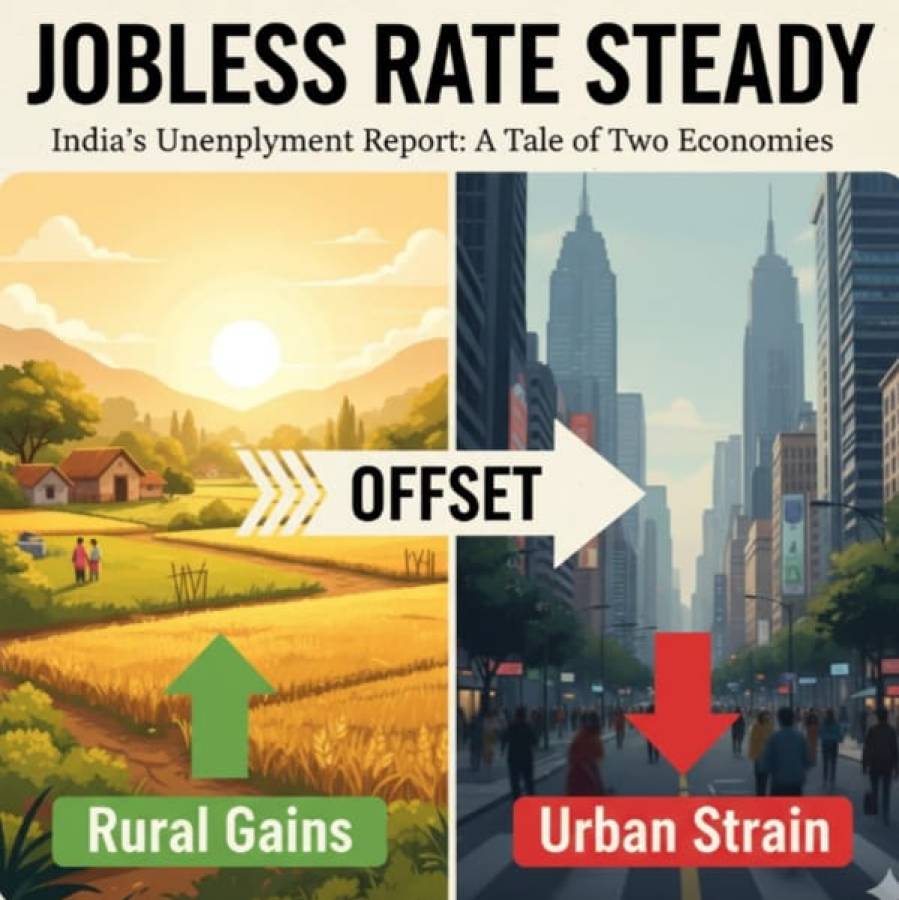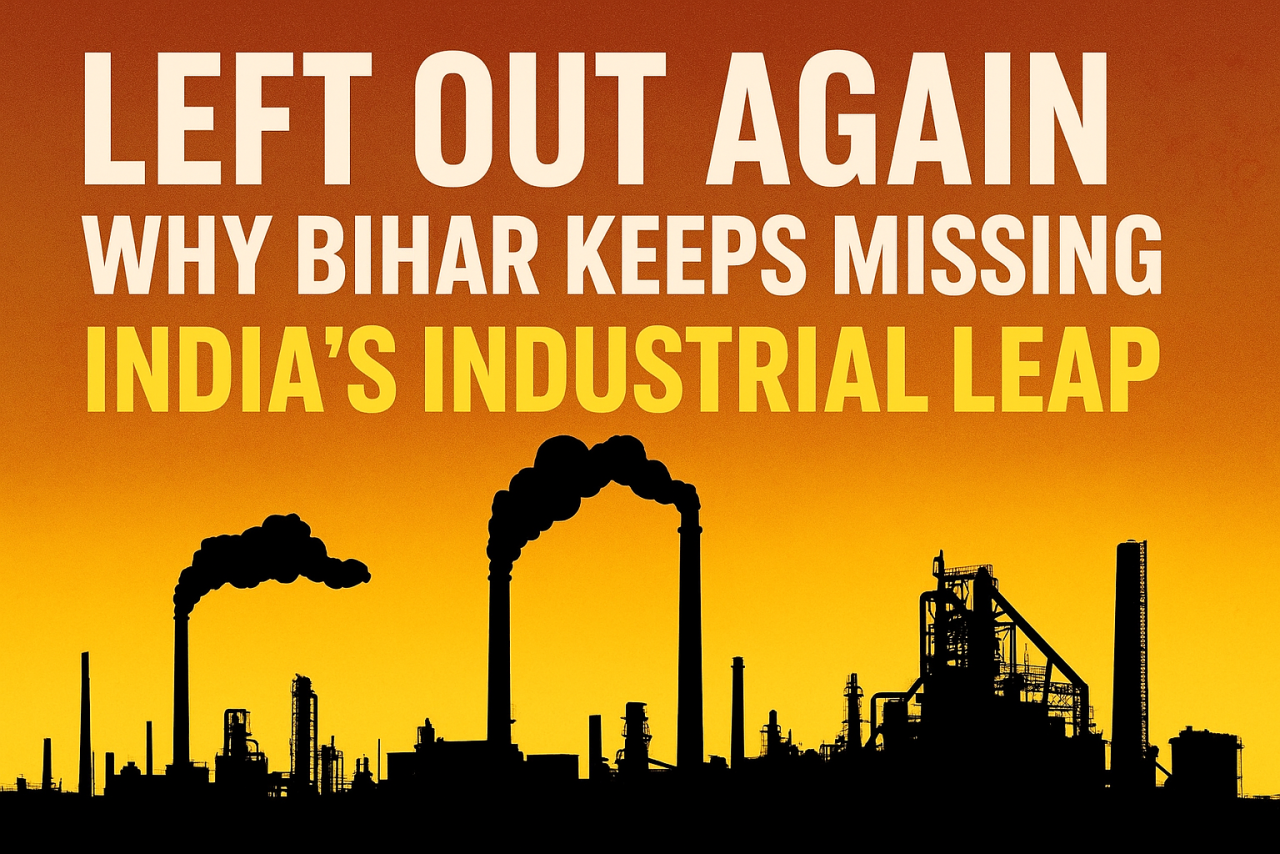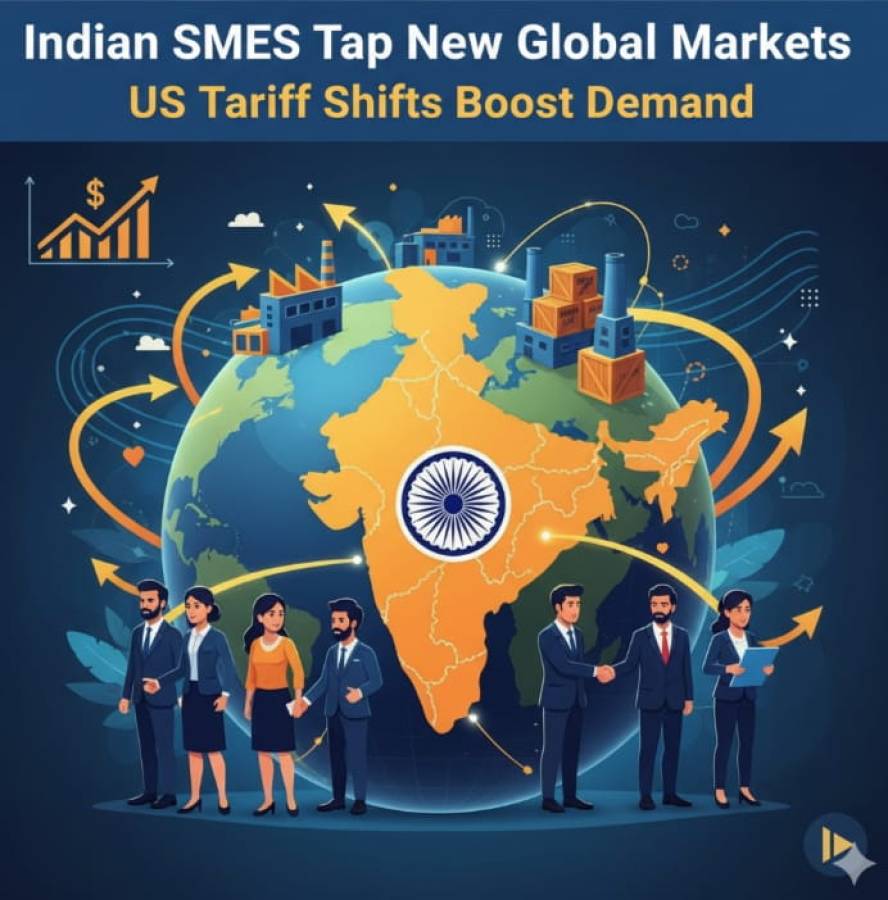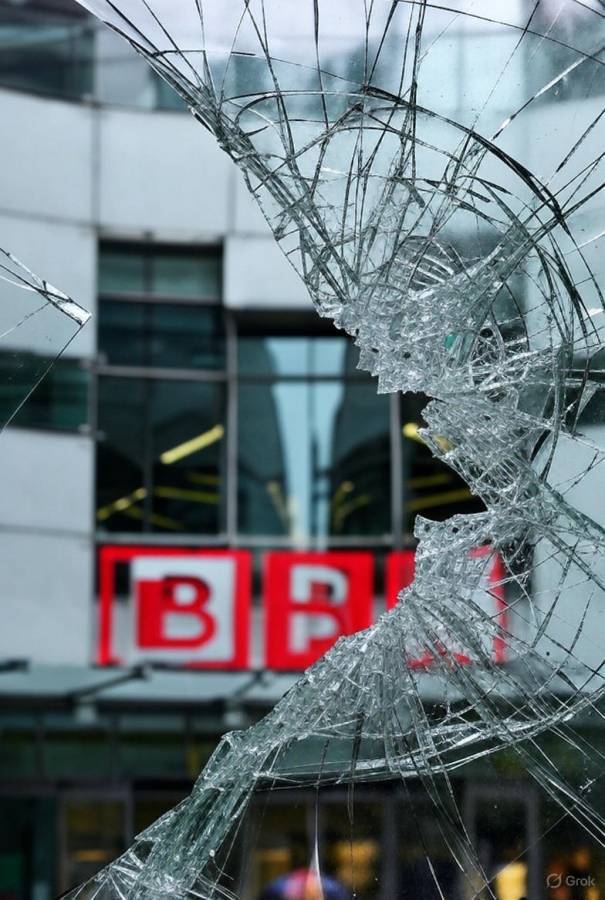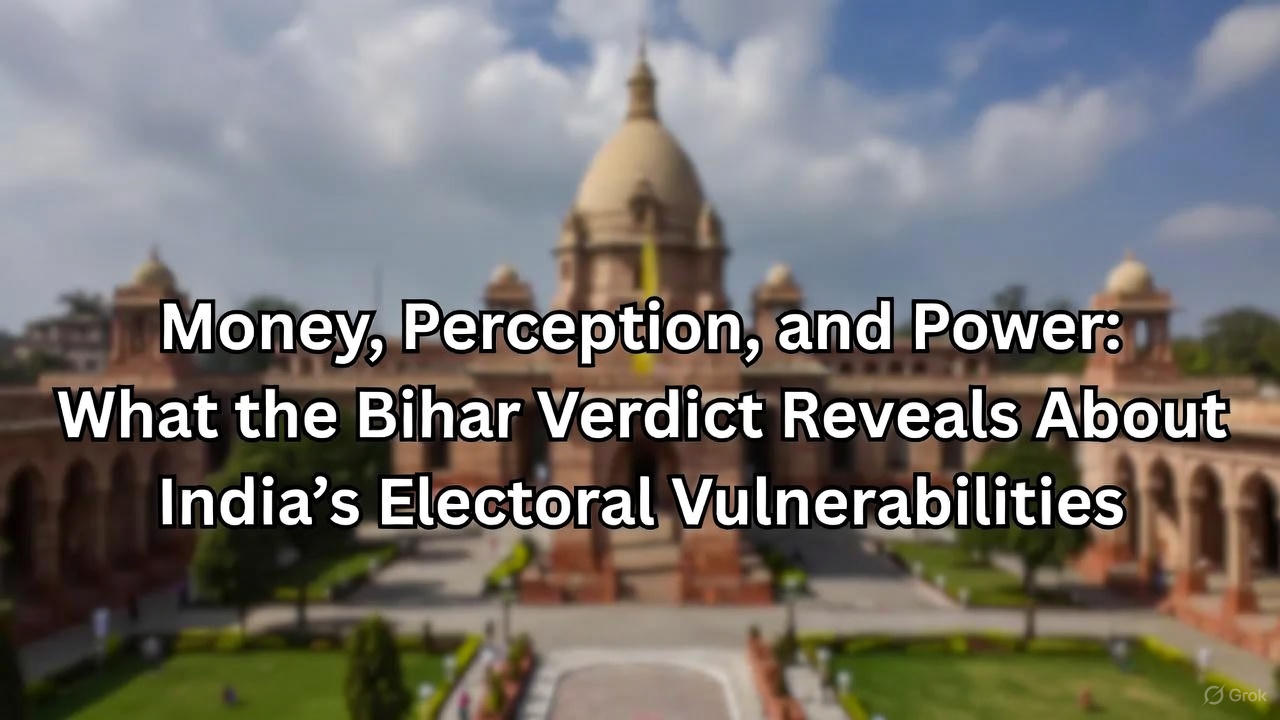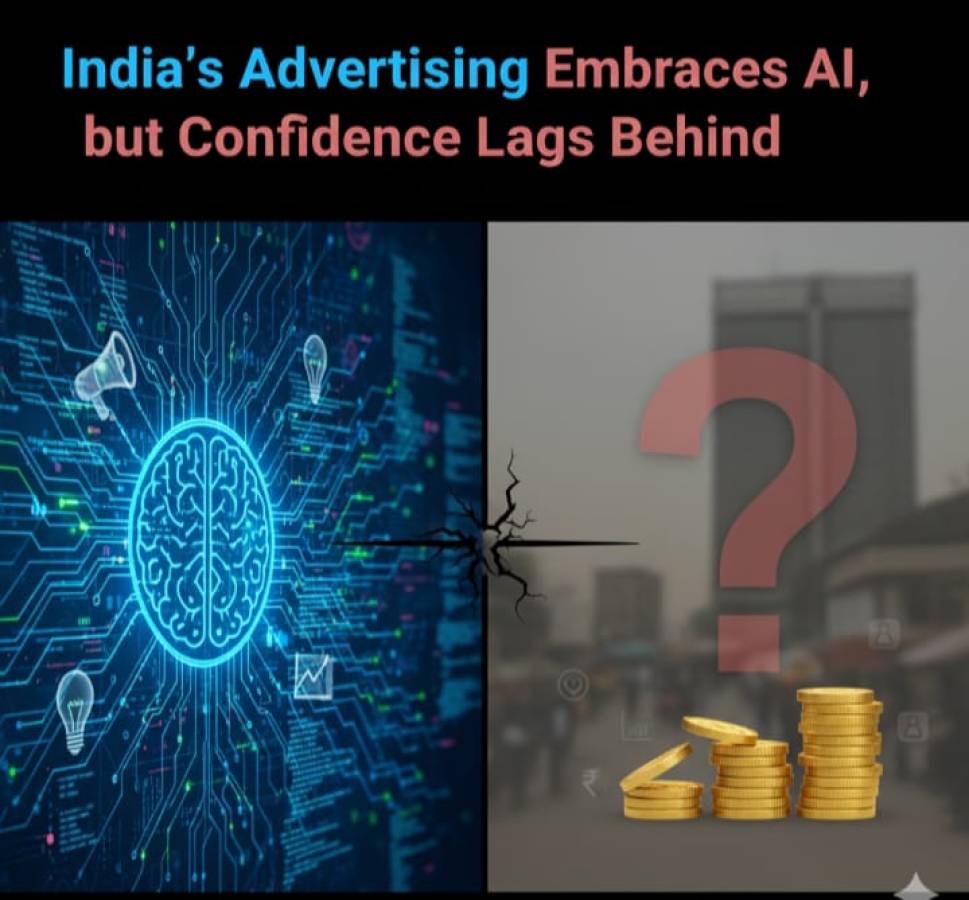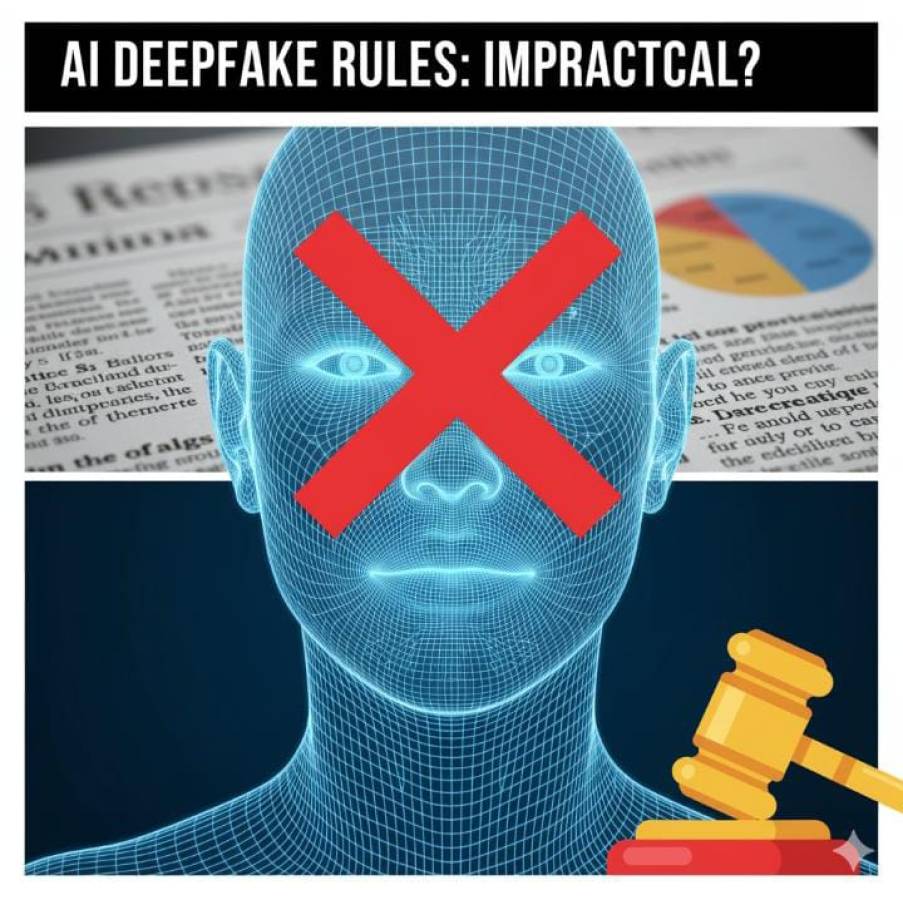
The world had long debated the ethics of artificial intelligence, but never had the consequences been as tangible—or as grotesque—as the controversy that erupted inside the headquarters of the U.S. Department of Housing and Urban Development (HUD). It began with a single, shocking deepfake: a hyper-realistic AI-generated video of U.S. President Donald Trump sucking the toes of billionaire entrepreneur Elon Musk. It wasn’t just an internet prank or a piece of satirical art; it was broadcast inside a government facility, weaponized as a political statement, and designed to manipulate public perception.
For years, experts had warned about the unchecked growth of AI, but policymakers, seduced by its economic and strategic advantages, failed to implement meaningful safeguards. What followed was a world where reality blurred with fiction, and the consequences of digital deception reached far beyond a mere moment of embarrassment.
The Deepfake as a Political Weapon
The video was played "briefly" on the HUD's internal screens, but the impact was immediate. The scandal dominated news cycles, triggering an investigation and leaving the White House administration scrambling to respond. It wasn’t just the image of Trump in a degrading act that outraged people—it was the underlying message. The phrase "Long Live the Real King" appeared over the video, referencing Trump’s celebratory declaration after his administration dismantled the New York City congestion pricing plan. The video wasn’t just a joke; it was propaganda designed to reinforce Trump’s self-styled image as an authoritarian disruptor.
The mastermind behind the video remained unknown, but speculation ran rampant. Was it an internal whistleblower warning against Trump’s appointment of Musk as head of the Department of Government Efficiency (DOGE), a move critics had called "corporate feudalism"? Or was it a Trump-aligned group using the scandal to cement the idea that AI was being weaponized against their leader? The absence of accountability in AI-generated content meant that no one knew for certain. The damage, however, was irreversible.
The Failure of AI Regulation
For years, technology companies had promised self-regulation. AI developers assured governments that they would build safeguards to prevent deepfake abuse, but the reality was starkly different. AI tools became more sophisticated, accessible, and misused. With minimal oversight, deepfake technology proliferated across social media, influencing elections, defaming public figures, and eroding trust in journalism. What once required an elite team of engineers could now be done with a few clicks on a smartphone app.
The Trump-Musk deepfake was only the latest in a series of abuses. In previous years, AI-generated videos had already created false confessions, stoked violence, and destroyed careers. Some countries had imposed bans on deepfakes, but enforcement proved futile. AI developers operated globally, and once a deepfake was uploaded, it spread across encrypted channels, impossible to fully erase.
The Death of Truth
In a world where AI could fabricate reality, people no longer trusted what they saw. Every damaging revelation could be dismissed as a deepfake. Governments used this loophole to cover up corruption, corporations weaponized AI to discredit whistleblowers, and citizens found themselves caught in a vortex of doubt. Who decides what is real when everything can be manipulated?
The erosion of truth led to new political and social crises. Courts struggled to verify video evidence, making justice difficult to serve. Misinformation became indistinguishable from genuine journalism, rendering democracy vulnerable to digital puppeteers. Conspiracy theorists thrived in this environment, gaining millions of followers who rejected all mainstream narratives as AI-driven deception.
The Future: Accountability or Anarchy?
The Trump-Musk video was the tipping point. Even lawmakers who had previously ignored AI regulation were forced to confront the existential threat posed by unbridled technology. Proposals for an "AI Truth Verification Bureau" emerged, calling for watermarks on AI-generated content and criminal penalties for malicious deepfakes. But the battle was far from over. Technology always moved faster than legislation, and companies had little incentive to restrict tools that were profitable and widely used.
As the investigation into the HUD deepfake unfolded, one question loomed over the chaos: If AI could fabricate history in real time, what would stop it from rewriting the future? Without accountability, the world was marching toward an era where reality itself was negotiable, controlled not by truth but by those who wielded the most powerful algorithms.
It was no longer just about a scandalous video. It was about the survival of objective reality.




